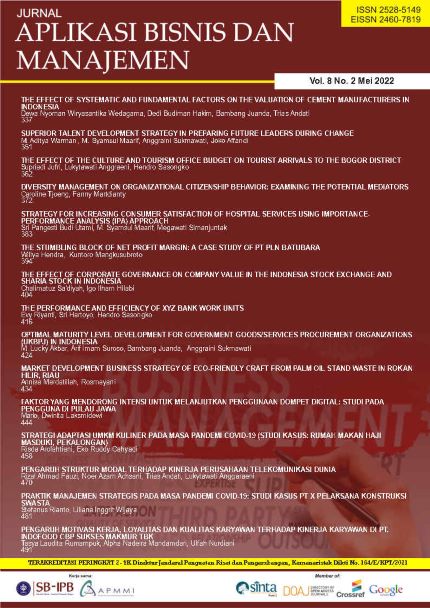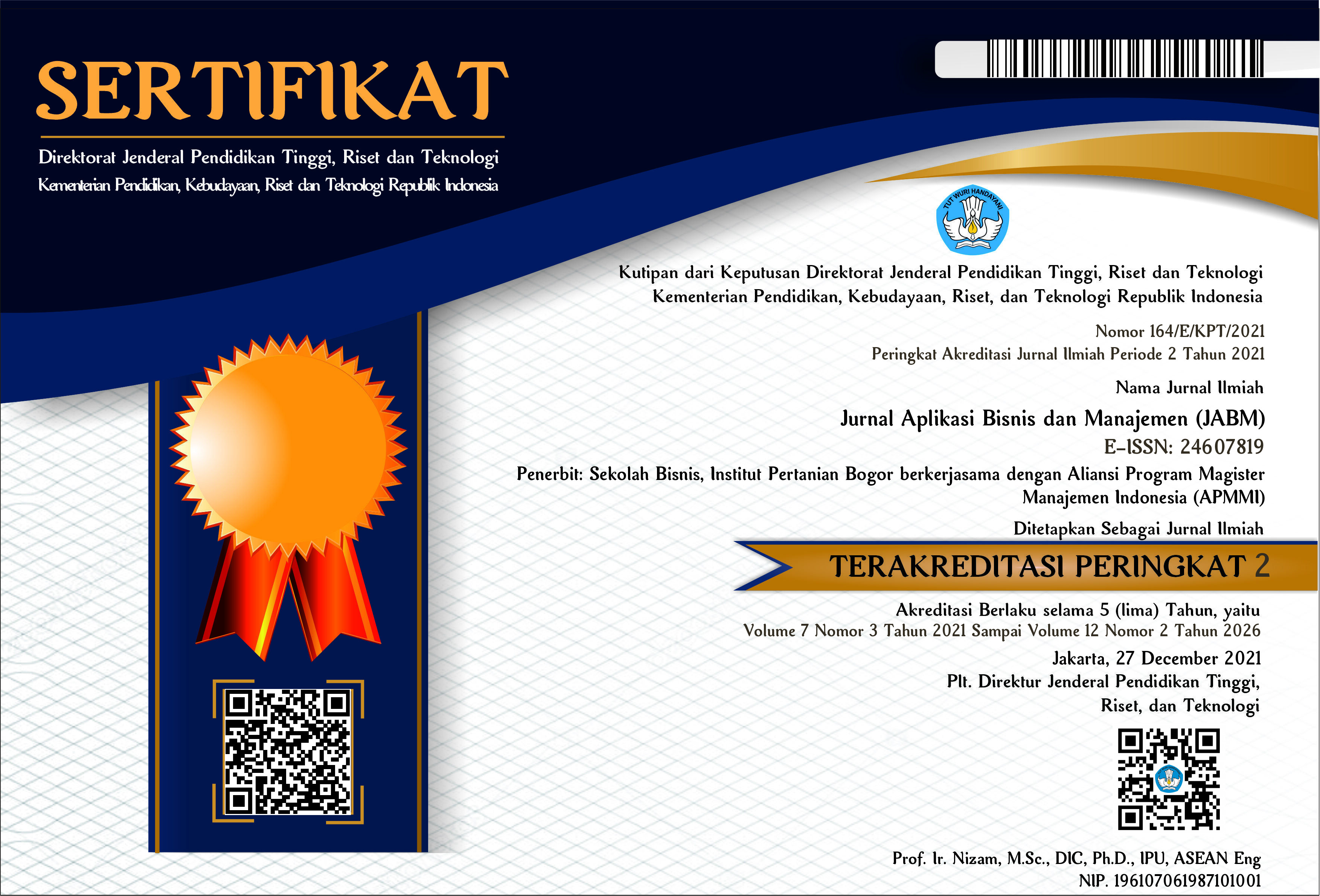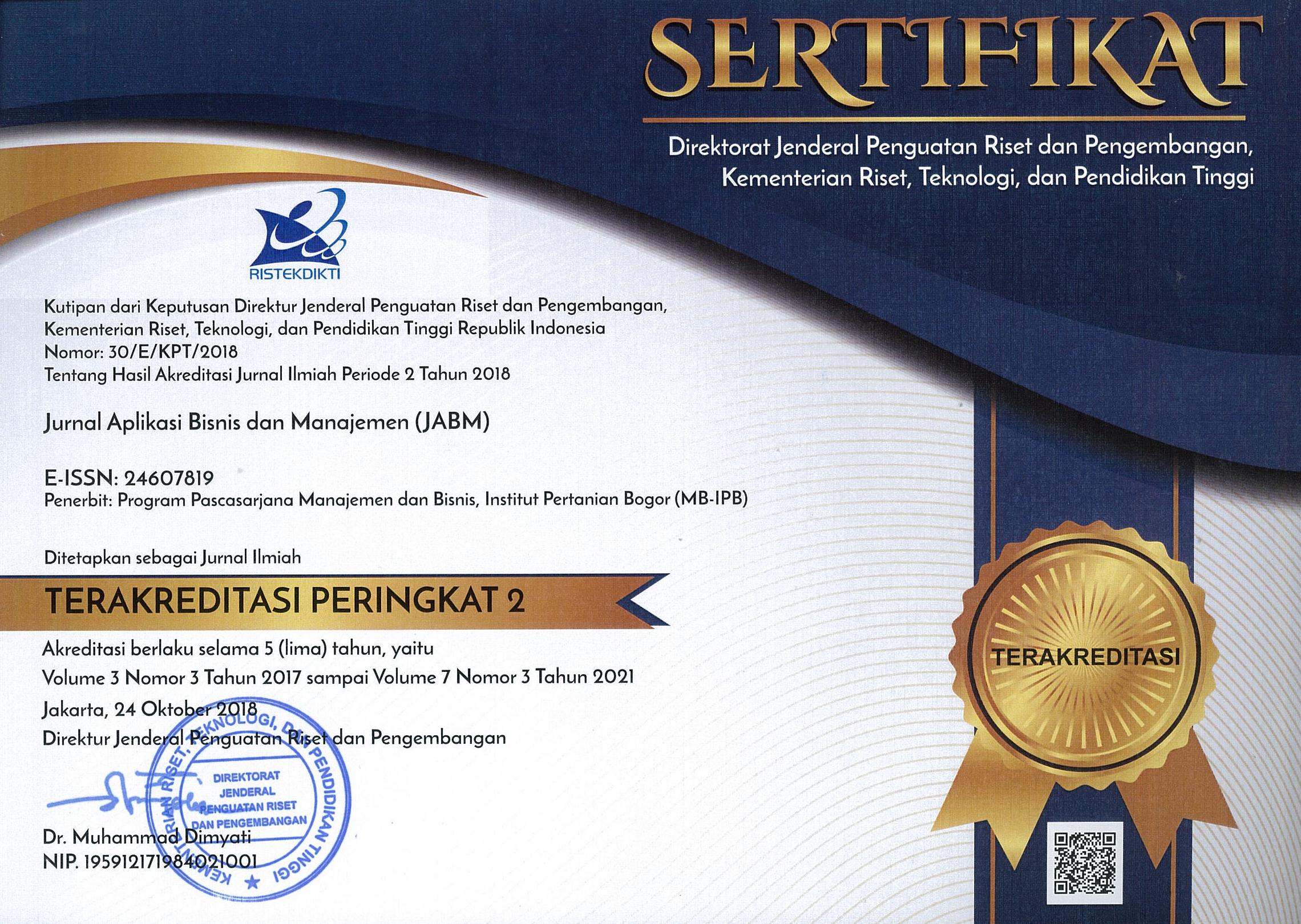The Effect of The Culture and Tourism Office Budget on Tourist Arrivals to The Bogor District
Abstract
Bogor District has naturally attractive and high tourism potential. The branding budget of Bogor District as The City of Sport and Tourism is quite sizeable and the number continues to rise every year. The study aimed to analyze the impact of the Bogor Regency Culture and Tourism Office budget and its effect on increasing the number of tourists by referring to several tourist attractions in Bogor Regency. This study used primary and secondary data from 2015 to 2019, with descriptive analysis method using tabulations and graphics and panel regression model. The result showed that the budget of tourism sector in 2019 rose by 38.73% compared to its growth in 2015, but the number of tourist arrivals in the same period decreased by 0.018%. The factors significantly influencing the number of tourist arrivals are total promotion cost, the number of increasing attractions, the increasing number of new facilities and infrastructure, the size of the tourist areas, and publicity. Managerial implication of this study is the managers of tourist destinations should optimize the function of social media as the promotion media, add attractions, and add good facilities to fulfill the needs of tourists.
Keywords: tourism, tourist arrivals, government budget, descriptive analysis, panel regression








